Salt & Ice Melting Chemical Damage
In the upper Midwest, each state applies approximately 100,000 to 300,000 tons of de-icing salt to roads each winter. And nationwide each year, we apply more than 15 million tons to de-ice sidewalks, walkways, and driveways. As salt dissolves and spreads to adjacent soil it is taken up by plant roots. Plants vary in their sensitivity to salt, with some plants seemingly unaffected by salt while others are killed outright. This article examines the causes of salt damage in plants and offers some tips for reducing its risks.
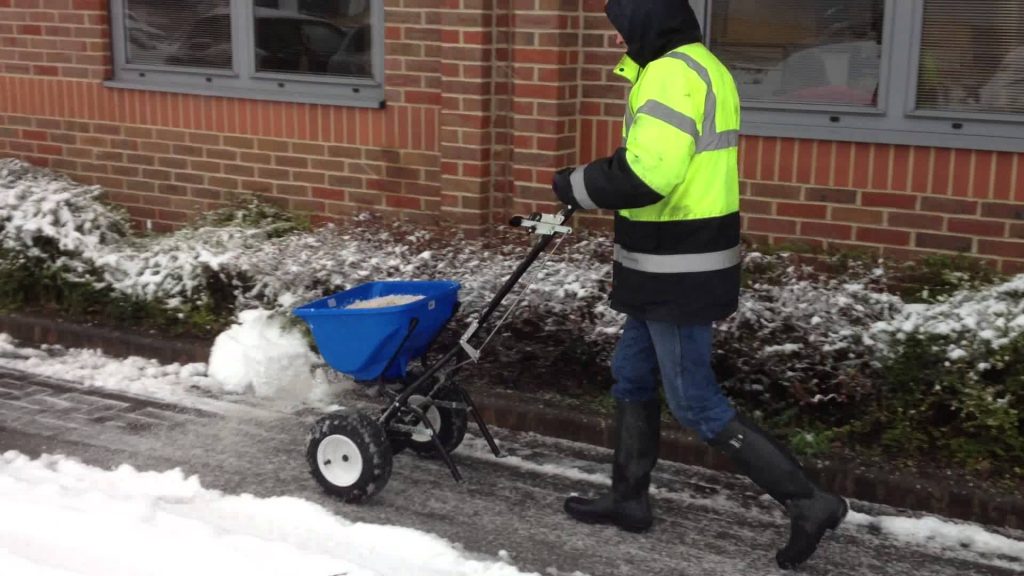
What Is Salt?
The most commonly used salt, whether found in the pantry or in a de-icing truck, is sodium chloride. Salt occurs in a variety of forms, including the mineral halite, which is mined and used in rock salt. Sodium chloride is sold in several different particle sizes depending on its intended use. Rock salt is very coarse and consists of discrete crystals that have the consistency of loose gravel. On the opposite end of the scale, common table salt and popcorn salt have very fine granules. In between are kosher salt, which is made up of coarse flakes, and compressed pellets that are used in water softeners. Road deicers often consist of both salt and sand, with the salt component consisting mostly (98.5 percent) of common sodium chloride with traces of other mineral salts.

How Salt Damages Plants
Salt’s toxic effects on plants have been known since ancient times when it was used for biological warfare to destroy an enemy’s fields and crops. Common salt is toxic because it is made up of sodium and chloride and both are toxic to plants when present in high concentration. When salt dissolves in water, the sodium and chloride ions separate. When this happens, the sodium ions in the salt replace the other nutrients in the soil that plants need (potassium, calcium, and magnesium), so these nutrients are unavailable to the plant. Rock salt also absorbs the water that would normally be available to roots, which dehydrates the roots, changes their physiology, and causes additional plant stress. Meanwhile, roots absorb the chloride ions and transport them to the leaves, where they accumulate and interfere with chlorophyll production and photosynthesis. One study found that the soil from a highway median had a chloride concentration of 1,050 parts per million (ppm) (Hofstra and Smith, 1984). The soil less than 30 feet from the highway had a chloride concentration of 890 ppm, which is still ten times greater than levels that are known to inhibit seed germination and root growth in grasses and wildflowers. Such salty soil is one reason the salt-loving and invasive giant reed Phragmites can colonize sites near many Midwest roads. Salt damage doesn’t stop with the roots. When passing vehicles spray salt on plants, it can damage a plant’s leaves, buds, and small twigs, which in turn can reduce the plant’s cold hardiness, making tissue more susceptible to freeze damage.

How to Diagnose Salt Damage
The amount and duration of salt exposure directly affects the potential damage to plants. As you may expect, higher concentrations of salt in the soil cause more damage. To determine if salt is playing role in damaging your plants, be sure to note which side of the plant has more severe symptoms. In salt-damaged plants, the symptoms will be more severe on sides facing the road or sidewalk. In evergreens, damage usually appears in late winter as needle browning that starts at the tips. Keep in mind that snow covered branches will be less affected than those exposed to salt spray, and that as you move away from the spray zone, the symptoms should abate. It is more difficult to diagnose spray damage on deciduous plants. Usually, leaf buds facing the road are killed or are very slow to break dormancy and bud and leaf out in spring. Flower buds facing the road often fail, but the unaffected side of the tree or shrub flowers normally. Repeated salt damage over several winters may produce a witch’s broom effect, which is a tufted and stunted appearance of the plants on the side facing the road.
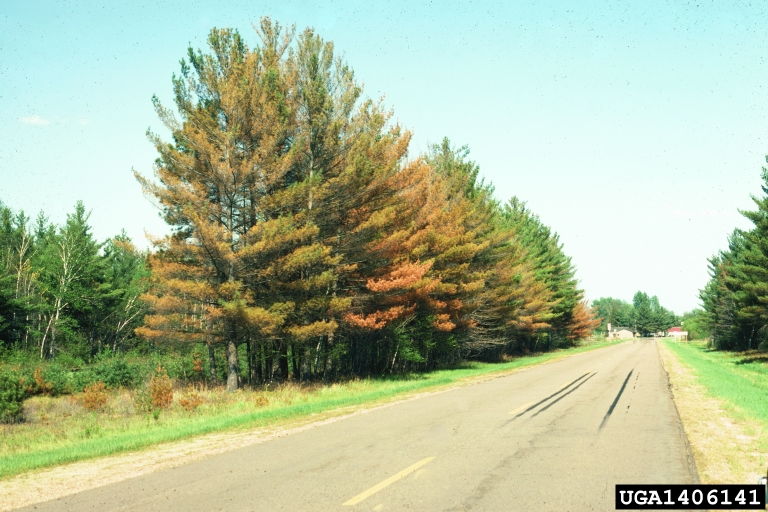
Salt Alternatives and How to Prevent Salt Damage
The easiest way to prevent salt damage is to avoid it. Whenever possible, use coarse sand instead of salt to provide traction and make sidewalks and driveways less slick. If you must use salt, use it judiciously, and erect barriers with plastic fencing, burlap, or snow fencing to protect sensitive plants and minimize their contact with salt. When possible, consider non-sodium de-icing agents such as calcium chloride or calcium magnesium acetate (CMA), a salt-free melting agent made from limestone and acetic acid. There are simple practices that homeowners can implement when plants are grown in areas that receive heavy salt applications. Keep in mind that plants are highly adaptive and vary in their ability to grow in salty soils. Plants that tolerate high-salt soils are referred to as “halophytic” or salt loving. These plants naturally occur by ocean coastlines, estuaries, and salt-water marshes. By utilizing more salt-tolerant plants, salt damage may be minimized or avoided. But remember: severe salt can still damage or kill even salt-tolerant plants — the dose makes the poison! In those years when large amounts of salt are used, minimize plant damage by irrigating soils to leach out the sodium and chloride prior to spring growth. Since most salts are water-soluble, thorough and repeated applications of water can effectively leach salts out of the root zones Salt damage can be deadly when excessive or repeated exposure occurs with a salt-sensitive plant. Simple preventative measures can help prevent salt damage or plant death. These measures include avoiding salt-sensitive plants in high-traffic areas, protecting plants (salt sensitive and salt tolerant) with barriers, using sand to de-ice rather than salt, using formulations of salt that don’t contain sodium chloride, and irrigating soils deeply if sensitive plants were repeatedly exposed to salt.
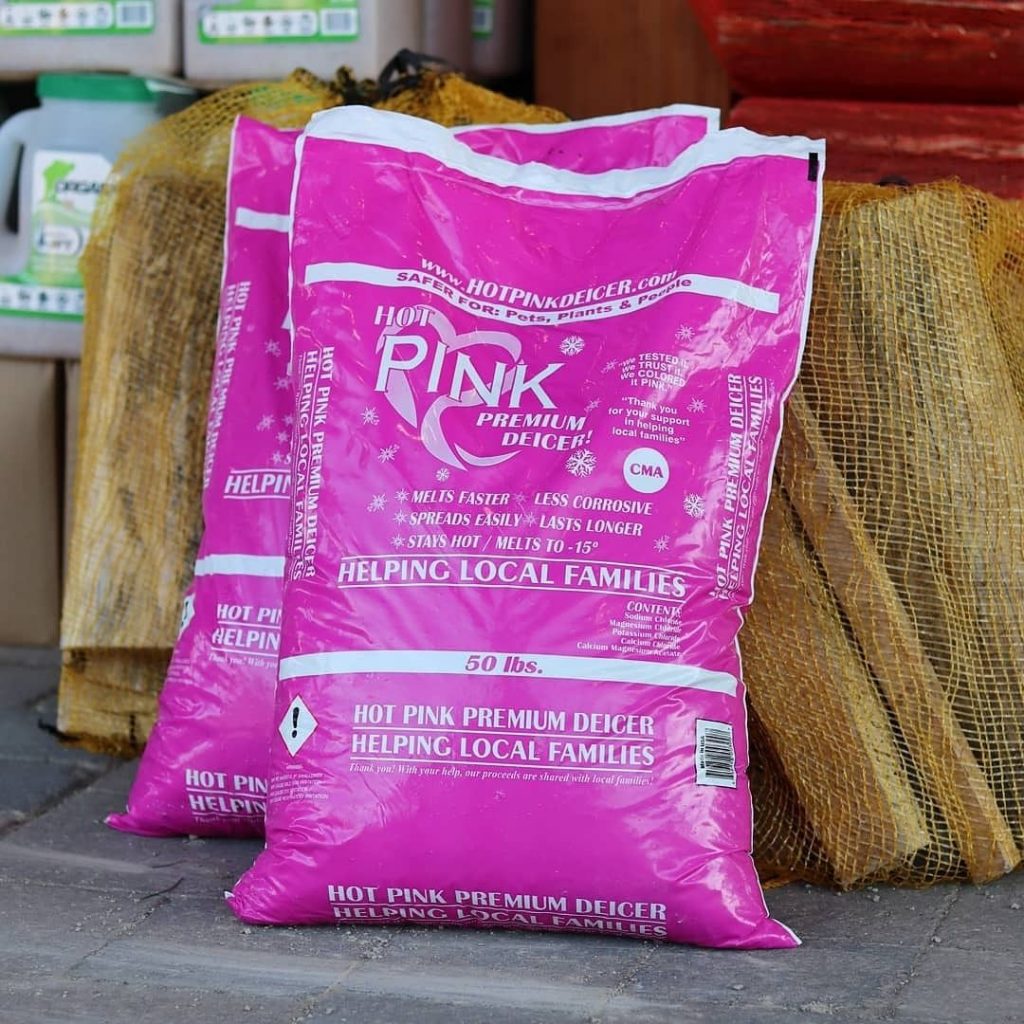
Above information was copied from Salt Damage in Landscape Plants (purdue.edu).
Zone 5 salt tolerant deciduous trees
- Norway Maple
- Linden
- White Birch (moderate)
- Horse Chestnut
- Sugar Maple (moderate)
- Green Ash (moderate)
- Hawthorn
- Read Oak (moderate)
- Basswood (moderate)
- Apple/crabapple
- White Ash (moderate)
- Black Locust
- Mountain-Ash (Moderate)
Zone 5 salt tolerant shrubs
- Caragana
- Potentilla
- Forsythia
- Rosa Rugosa
- Honeysuckle
- Serviceberry
- Staghorn Sumac
- Elderberry
- Japanese Lilac
- Spirea
- Common Lilac
- Blueberry
- Mockorange
- Viburnum
Zone 5 salt tolerant conifers
- Chamaecyparis
- Scots Pine
- Concolor Fir
- Blue Spruce
- Tamarack
- Jack Pine
- Austrian Pine
- Mugo Pine
- Juniperus Horizontalis
Zone 5 salt tolerant perennials
- Yarrow
- Foxglove
- Paxistima
- Alyssum
- Sea Holly
- Candytuft
- Arabis
- Peony
- Chrysanthemum
- Armeria
- Baby’s Breath
- Dianthus
- Artemesia
- Tall Phlox
- Creeping Phlox
- Campanula
- Sedum
- Daylily
- Son-in-summer
- Delphinium
- Coralbells
Zone 5 salt tolerant grasses
- Elymus (Blue lyme)
- Spartina (Cord)
- Panicum (Switch)
- Phalaris (Ribbon)
- Helictotrichon (Blue oat)
- Ammophila (Beach)
Zone 5 salt tolerant vines
- Climbing hydrangea
- Honeysuckle
- Virginia creeper
- Grape
How Salt Damages Concrete / Pavers & Hardscaping
While concrete and other hardscaping products appear solid, they are actually very porous, causing them to absorb water. Rock salt works by lowering the freezing point of water from 32 degrees Fahrenheit to 25 degrees, promoting melting between 25 degrees Fahrenheit and above.
Salt naturally attracts additional water. This salty water then seeps into small cracks and crevices in concrete, pavers or other porous hardscaping. The damage occurs when the water refreezes when temperatures drop below 25 degrees. This causes the water to expand to form ice, widening cracks and crevices. If thawing and refreezing occur several times, damage is much more likely.
Other de-icing products such as calcium chloride and magnesium chloride can also damage concrete if they are left standing on the surface after the ice has melted and the water has drained away.
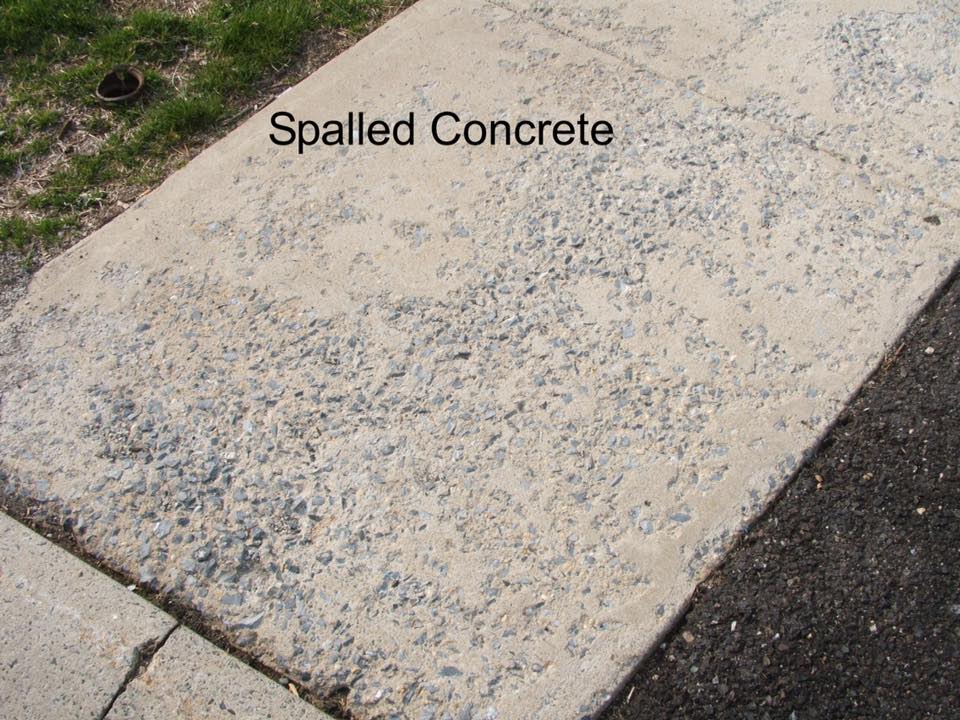
Preventing Winter Salt Damage
When salting or de-icing your driveway or sidewalks, use only as much salt or de-icing as you need and only apply it where you need it most. This will minimize the impact on your lawn, garden plants, trees and hardscaping. Pay particular attention to areas of your walkway or driveway that are close to your lawn or flower beds. Try to avoid spreading winter salt to these areas.
After the ice has melted, be sure to remove any leftover salt or de-icing products promptly to prevent damage to concrete or pavers. If it’s too cold to use a hose to wash it away, sweep up the excess salt as soon as you can. Don’t spray or sweep salt or de-icing products into your flower beds or onto your lawn. Instead, dispose of it in the trash.
Use products that are specifically designed to reduce salt damage. Manufactured concrete pavers are generally stronger and more resistant to salt damaged as compared to standard concrete because the pavers are manufactured with high density products and cured in large ovens. Many manufacturers offer pavers and walls that are even stronger than their standard products. High Format’s TEKTRAMAT® is their proprietary material based around ultra-high performance concrete technology (UHPC). TEKTRAMAT® products which include Mid-Century Slabs, Gauge Select Slabs, Montrose Slabs and Camden Coping offer unsurpassed durability against salt. Unilock’s Enduracolor products go through a two-step manufacturing process that combines a base of coarser aggregates for a stronger foundation, with concentrated color and wear-resistant finer aggregates on top. This process protects the surface from the appearance of fading over time because the top layer prevents large, lighter color aggregates from ever showing through.
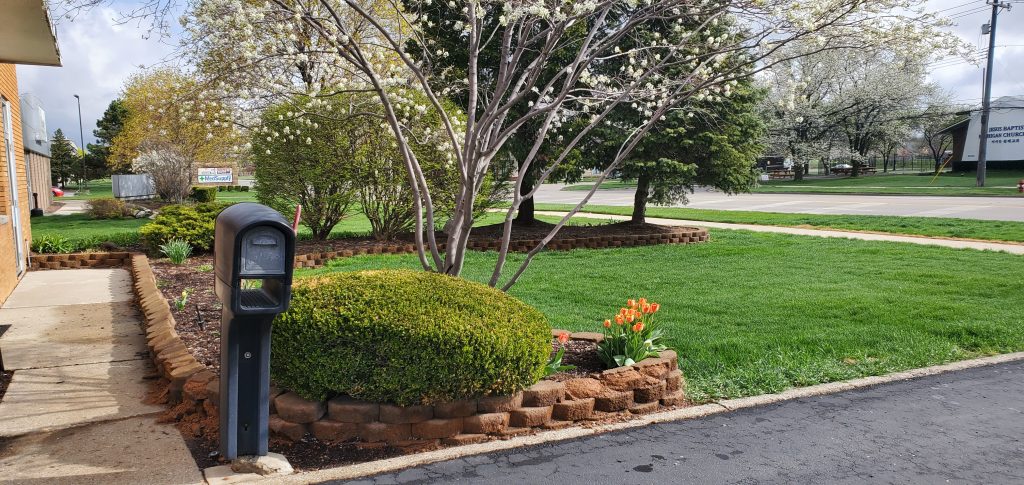
In 2022, Thoms Bros. was asked to design and install a new landscaping for a small manufacturing company in Troy. This company had their property heavily salted in the previous winters including the front entrance way. This concrete walkway bordered by a big-box store retaining wall had received heavy salt damage. Thoms Bros. choose to install a new Unilock Boulevard and Holland Premier sidewalk which both have the Enduracolor technology. We also replaced the wall with a new U-Cara wall which also benefits from this same technology.

Keeping a landscape looking good in Spring as it did the previous Fall includes three main steps:
- Proper design
- Proper planning
- Proper use of deicing products
Contact Thoms Bros. for all of your landscaping needs.

